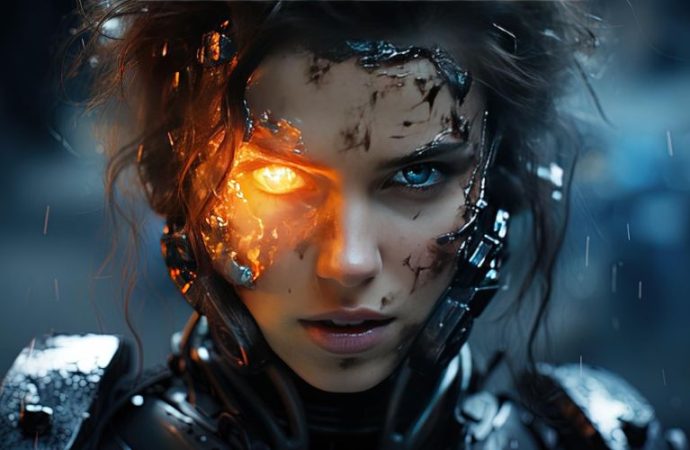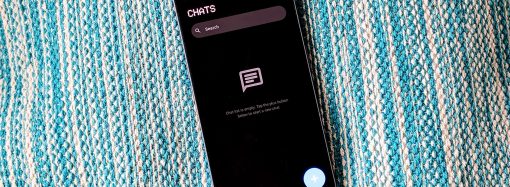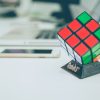Introduction In the world of movies and entertainment, visual effects (VFX) play an important role in creating exciting and realistic images that make films unforgettable. From giant explosions to animated creatures, VFX makes the impossible seem possible. With the rise of Artificial Intelligence (AI), the way VFX is made has changed dramatically. AI is now
Introduction
In the world of movies and entertainment, visual effects (VFX) play an important role in creating exciting and realistic images that make films unforgettable. From giant explosions to animated creatures, VFX makes the impossible seem possible. With the rise of Artificial Intelligence (AI), the way VFX is made has changed dramatically. AI is now playing a big part in improving how visual effects are created, making them faster, better, and more affordable. This article will explore how AI is revolutionizing the VFX industry and why it’s so important for the future of entertainment.
What Is AI and How Does It Relate to VFX?
Image by: Yandex.com
Visual effects are special images created during or after a movie is filmed to add things that cannot be captured on camera. In the past, VFX artists had to do everything manually using complex software, which took a lot of time and effort. But with AI, many tasks that used to be slow and difficult can now be done quickly and accurately. AI is used in many parts of VFX, including animation, lighting, and rendering, making the whole process smoother and more efficient.
How AI Is Changing the VFX Process
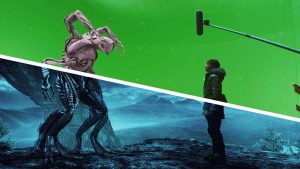
Image by: Yandex.com
AI is helping the VFX industry by handling repetitive tasks that were once time-consuming. Here are a few examples of how AI is improving different aspects of VFX:
1. Faster Rendering and Image Enhancement
Rendering is a key part of the VFX process, but it can take a long time, especially for complex scenes. AI tools can speed up rendering by automatically finding the best way to create each image. This makes the process faster and less expensive, which helps filmmakers meet tight deadlines.
2. AI in Animation and Motion Capture
Animation used to require artists to draw or manipulate every detail by hand. With AI, creating lifelike animations has become much easier. AI can automatically adjust things like facial expressions or body movements, making characters look more realistic. This means less time spent on manual work and more time for creativity.
3. Improving the Quality of Visual Effects
AI can also help improve the quality of VFX. By analyzing huge amounts of data, AI can improve image resolution, add fine details, and smooth out rough elements. This leads to sharper, more detailed images and better overall quality in films and TV shows.
4. Real-Time Feedback and Collaboration
AI is also changing how VFX teams work together. Using AI tools, artists can get real-time feedback on their work. This makes it easier for teams to collaborate, even if they’re working from different locations. It also speeds up decision-making, ensuring that the final product meets the director’s vision.
AI Tools Used in the VFX Industry
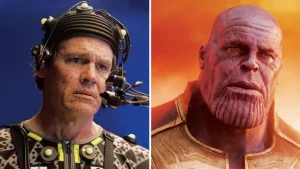
Image by: Yandex.com
There are several AI-powered tools that are now essential in the VFX world. These tools help make the VFX process more efficient and creative. Some of the most popular tools include:
1. Deep Learning for Image Restoration
AI tools like Topaz Labs use deep learning to restore old, low-quality images. This is helpful when filmmakers want to improve the quality of old footage or remaster classic films for a new generation.
2. AI for Scene Creation
Software like Autodesk uses AI to help create realistic 3D models and scenes from real-world footage. This is especially useful when filmmakers want to create digital doubles, such as computer-generated characters that look like real people.
3. AI for Facial Recognition and Lip Syncing
AI can also help animate characters’ faces and movements. It can automatically sync lip movements to dialogue, making characters appear more lifelike. This technology is often used in animated films and video games to improve character animation.
Benefits and Challenges of AI in VFX
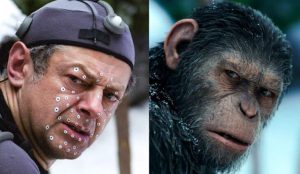
Image by: Yandex.com
While AI has many benefits, there are also some challenges to consider. One concern is that AI might replace some jobs in the VFX industry, as machines are able to do tasks faster than humans. However, many experts believe AI should be seen as a helpful tool that works alongside artists. By automating routine tasks, AI gives artists more time to focus on creative and complex work.
Another challenge is making sure AI tools always produce high-quality results. While AI can generate images quickly, human artists are still needed to refine and perfect those images. AI systems must be trained to improve their accuracy, and skilled professionals are essential to guide the process.
Despite these challenges, the future of AI in VFX is bright. As AI tools get better, they will help artists create even more exciting and realistic visual effects, while also making the process faster and more affordable.
Case Study: AI in “The Lion King” (2019)

Image by: Yandex.com
One of the most famous examples of AI in VFX is the 2019 remake of The Lion King. In this film, AI was used to create realistic digital animals and environments. The AI tools helped the filmmakers simulate the animals’ movements and behaviors, making them look very lifelike. AI also helped with lighting and texture, ensuring that the digital effects matched the live-action footage. This shows how powerful AI can be when it comes to creating stunning visual effects.
AI’s Impact on Speed and Efficiency in VFX Production
One of the biggest changes AI has brought to the VFX industry is speed. In the past, creating visual effects could take weeks or even months, especially for complicated scenes. Now, AI helps speed up the process by automating many tasks. For example, AI can assist in rendering, which is the process of creating a final image from a 3D model. AI-powered tools can complete these tasks much faster, reducing the overall time needed for production. This allows filmmakers to meet tight deadlines and make last-minute changes without sacrificing quality.
AI Enhances the Quality of Visual Effects
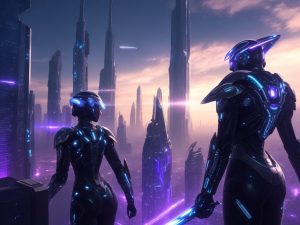
Image by: Yandex.com
Another major benefit of AI in VFX is that it improves the quality of the images. AI can help fix small errors in images, like blurry parts or missing details, by enhancing them automatically. It can also improve the resolution of an image, making it sharper and clearer. This means VFX artists don’t have to spend as much time fixing minor issues, and they can focus more on making the visuals look as realistic and creative as possible. AI helps make sure that the final product looks polished and professional.
AI’s Role in Cost Reduction for VFX Studios
AI is also helping reduce the costs of creating visual effects. VFX can be expensive, especially for large studios working on big films. By automating tasks and speeding up production, AI helps cut down on the amount of labor needed. This makes it easier for filmmakers to stick to their budgets and even allows smaller studios to compete with bigger ones. As AI technology becomes more affordable, even independent filmmakers will be able to create high-quality VFX without needing a huge budget. This opens up new possibilities for creativity in the film industry.
AI and the Rise of Digital Doubles
Another exciting development in the VFX industry is the use of “digital doubles.” These are computer-generated characters that look exactly like real people. With AI, digital doubles can now move, speak, and act like the real actor. AI helps track the actor’s movements and replicate them with great accuracy, creating realistic digital versions of characters. This technology is widely used for dangerous stunts or in scenes where an actor cannot physically perform. It has made films safer for actors while still delivering the thrilling visual effects that audiences love.
AI in Enhancing 3D Models
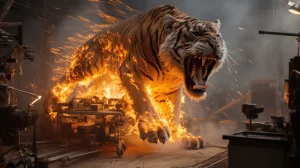
Image by: Yandex.com
Creating detailed 3D models is a big part of the VFX process, and AI is making this task easier. AI tools can help generate complex 3D shapes and textures from basic models in a fraction of the time it would take humans. AI can analyze real-world data and translate it into accurate models for films, whether it’s the texture of an animal’s fur or the surface of a rocky planet. This not only saves time but also improves the realism of the visuals. AI is able to add intricate details that would otherwise require a lot of manual work.
The Challenges of AI in VFX
While AI has many advantages, there are also challenges. One concern is that some jobs in the VFX industry might be replaced by AI tools. However, most experts believe that AI should be seen as a helper rather than a replacement. Skilled artists are still needed to guide the AI and ensure the final result is of high quality. Another challenge is that AI tools are not perfect yet. They need to be trained and improved to give the best results consistently.
The Future of AI in VFX
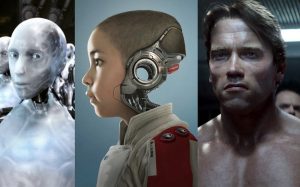
Image by: Yandex.com
Looking ahead, AI will continue to play a key role in shaping the future of VFX. As AI technologies advance, we can expect to see even more creative possibilities in film and television. AI will help filmmakers push the boundaries of what is possible, creating amazing visuals that capture audiences’ imaginations. Additionally, as AI tools become more affordable and accessible, smaller studios and independent filmmakers will also have the chance to create high-quality VFX without the need for large budgets.
Analysis Table: Key AI Tools in VFX
| AI Tool | Purpose | Impact on VFX |
|---|---|---|
| Deep Learning Algorithms | Image restoration and upscaling | Improves resolution and quality |
| Autodesk VFX Software | Scene reconstruction and 3D modeling | Speeds up modeling and rendering |
| Topaz Labs | Image enhancement and noise reduction | Restores details in old footage |
| AI Facial Recognition | Automated lip-syncing and facial animation | Enhances realism in character animations |
Comparative Table: Traditional VFX vs. AI-Powered VFX
| Feature | Traditional VFX | AI-Powered VFX |
|---|---|---|
| Time Needed | Slow and labor-intensive | Faster and more automated |
| Cost | Expensive (requires a lot of staff) | More cost-effective (reduces manual work) |
| Quality | High-quality but slow to produce | Can achieve better quality faster |
| Creativity | Depends heavily on human input | Allows more focus on creativity and innovation |
Conclusion
AI is transforming the VFX industry by speeding up processes, improving quality, and reducing costs. As AI technology improves, we can expect even more exciting possibilities for filmmakers. While there are challenges, AI is empowering VFX artists and enabling them to create more innovative and realistic visual effects. The future of VFX is bright, and AI will continue to be an important tool for shaping the next generation of entertainment.

